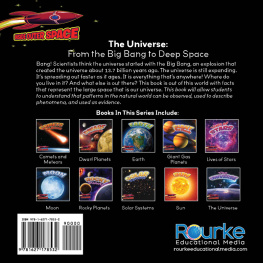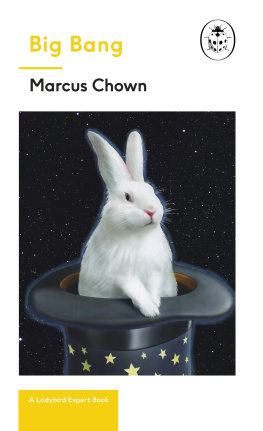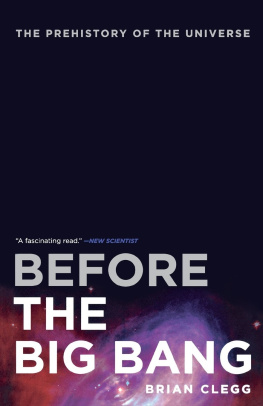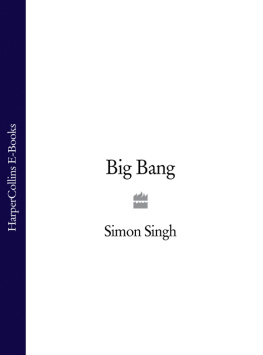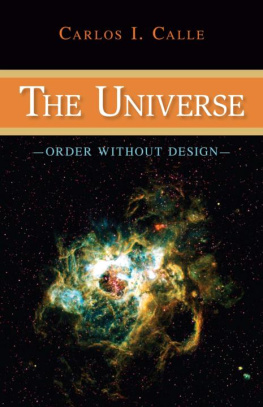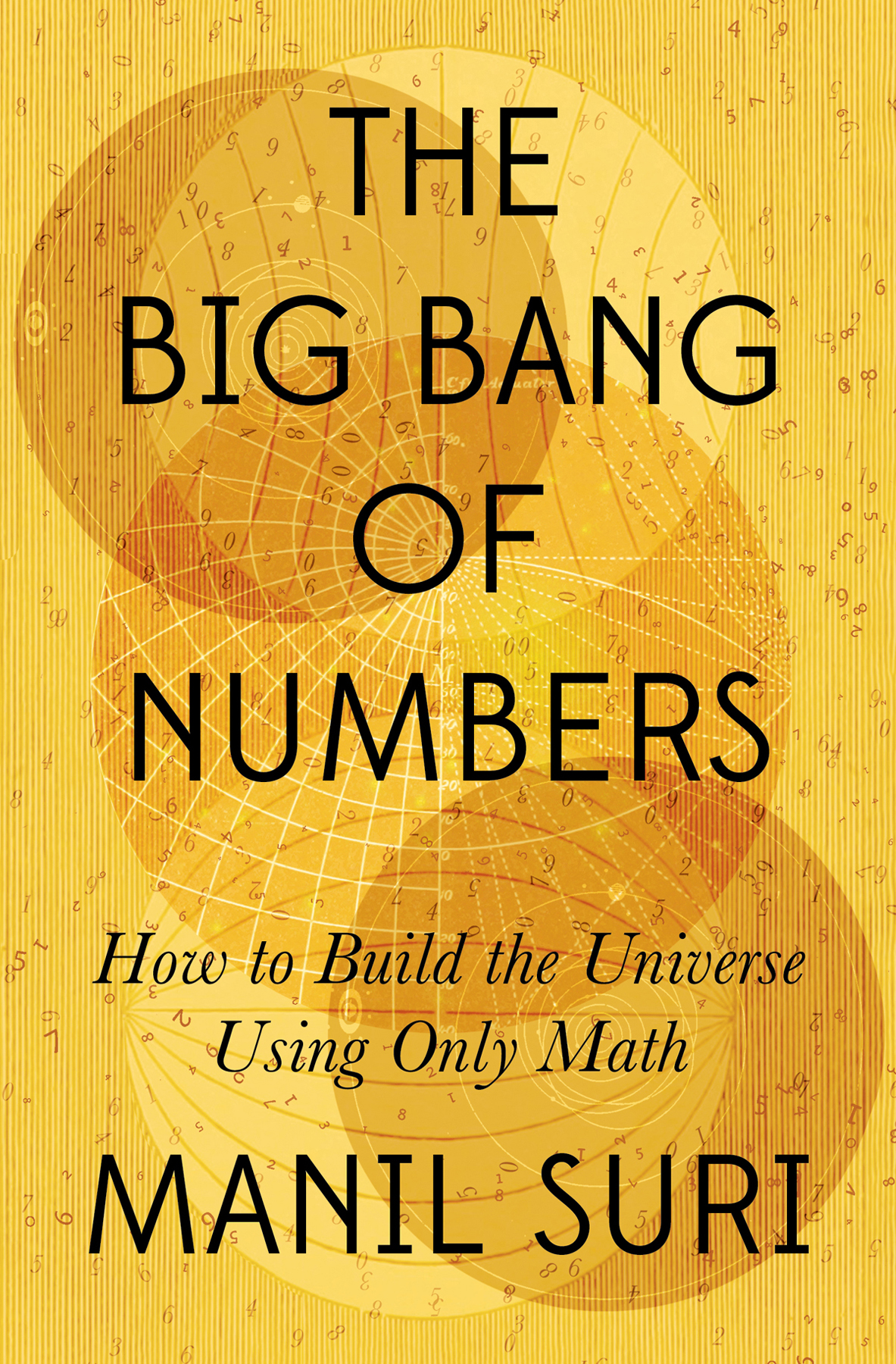Contents
Guide
Page List

THE BIG BANG OF NUMBERS
How to Build the Universe Using Only Math
MANIL SURI

In grateful memory of Professor M. S. Huzurbazar, who told me to listen because mathematics was calling my name.
CONTENTS
THE BIG BANG OF NUMBERS
O N M ONDAY , S EPTEMBER 13, 2013, THE N EW Y ORK Times published How to Fall in Love with Math. I awoke to find my email inbox overflowing with messages, not just from acquaintances but also from a bewildering number of strangers. Many more responses poured in online on the Times websitesome enthusiastic about math, some scathing, all impassionedclearly, Id struck a nerve. By mid-afternoon, the number of posts had reached 360, and the paper closed the comments section. The article quickly climbed to the top of the Timess most-emailed list and remained there for much of the next day.
The aim of my piece was to challenge the popular notion that mathematics is synonymous with calculation. Starting with arithmetic and proceeding through algebra and beyond, the message drummed into our heads as students is that we do math to get the right answer. The drill of multiplication tables, the drudgery of long division, the quadratic formula and its memorizationthese are the dreary memories many of us carry around from school as a result.
But what if we liberated ourselves from the stress of finding the right answer? What would math look like if delinked from this calculation-driven motivation? What, if anything, would remain of the subject?
The answer is ideas. Thats what mathematics is truly about, the realm where it really comes alive. Ideas that engage and intrigue us as humans, that help us understand the universe. Ideas about the perfection of numbers, the nature of space and geometry, the spontaneous formation of patterns, the origins of randomness and infinity. The neat thing is that such ideas can be enjoyed without needing any special mathematical knowledge or being a computation whiz.
This is what Id observed over the past decade and a half, during which, in addition to my day job as a mathematics professor, Id been pursuing a dual career as a novelist. The juxtaposition put me in frequent contact with artists, writers, composers, journalists, and I was struck by the curiosity they expressed about math. Some had been good at it, but lost contact with the subject once they chose their career path; others had encountered difficulties learning it and viewed it as an unfulfilled intellectual challenge. Often, I was asked to give a talk not on my writing but about mathematics. Something really exotic, a few would add, their eyes shiny with daring, as if venturing into an Indian restaurant and asking for the menus hottest curry.
So I began talking about the mysteries of infinity (a topic thats spicy, but not overwhelmingly so), which eventually developed into an animated . Id go to dinner at peoples houses and once the plates had been cleared, ask if theyd like to see the show. (You know youve become a math evangelist when you carry such presentations on a flash drive in your wallet.) These activities got headier, more addictive. I started seeing myself as Florence Nightingale, administering math to the mathless; Johnny Appleseed, scattering math seeds like fairy dust everywhere I went. Some of my targets may have regarded me more like the Ancient Mariner and themselves as the cornered wedding guest. A few had to be rescued by their parents.
My novels (on India, not math) were doing well, so I was able to infiltrate even more venues where nonmathematicians congregated. My coolest coup was at the 2006 Berlin International Literature Festival, where a class of eleventh graders who thought theyd hear me speak about my second novel got my infinity talk instead. They seemed to like itor at least sat through attentively, without fidgeting (the fact they were German may have had something to do with this).
By 2013, Id begun to get a sense of the limits of such outreach efforts. So when my New York Times op-ed took off, I wondered if Id finally hit it big. Nothing Id ever written had ever gone viralin fact, I wasnt even sure what numbers earned that characterization. By Thursday, my piece had climbed into the weekly top-ten list; by Friday, it had inched up a few slots more. Over the weekend, I watched obsessively as it crept into the top three, then nudged its way into second place. What I barely noticed was that the pope had chosen that very week to make some startlingly progressive statements about gays, abortion, and birth control. Just as I was about to claim my rightful pinnacle of victory, he appeared behind me from nowhere, bounding up the list in twos and threes. Quads flexing, cassock billowing, he made one final spectacular jump, to leapfrog clear over me and land in my number one spot.
Now, you may wonder if I developed a lingering grudge against the pope, if Ive written this book to vindicate myself in an imagined mano a mano with him. Let me assure you thats not the case. Ive completely forgiven him and will even be mailing him an autographed copy of the finished book at the Vatican to show no hard feelings remain.
However, his surprise appearance did have a crucial effect: it focused my attention on religion. In the popularity contest with mathematics, as it almost surely would each time. What did it offer that math didnt? What lesson could one take away for math to draw people in, to compete in the attention economy we live in?
Theres no shortage of answers to this question, but I was reminded of a quote Id seen years earlier that had cut me to the quick. It was attributed to Rob Fixmer, a former editor of the New York Times, who was attempting to explain why math got so :
Mathematics has no emotional impact. What physicists do challenges peoples notions of origins and creations. Math doesnt challenge any fundamental beliefs or what it means to be human.
My immediate reaction was indignationhow could anyone malign something I loved this way? In time, I realized this might be an opinion many shared. Also, though the quote had compared math with physics, the same could be said while comparing math to religion. After all, both physics and religion seek to address the Big Questionsalbeit from opposing perspectives: Where does everything come from? Why is the universe the way it is? How do we fit in? The two camps have been duking it out over the answers for centuries, begetting even more attention for themselves.
Math doesnt seem to have a dog to enter in this fight. The subject is abstract, agnosticready to describe and analyze phenomena, without having a position of its own to stake. Thats the image perceived by most, anyway. Without such blockbuster spectacles as Genesis or the big bang, no wonder math has difficulty competing in the engagement sweepstakes.
But Im here to tell you this picture of math is inaccurate. Math does have a compelling origins story, one that creates its basic building blocks out of nothing. With a little inventiveness, this narrative can be extended to show how with these building blockscalled numbersthe entire universe could plausibly be constructed. Big Questions do indeed get addressed along the way, with answers that come not from God or science but mathematics.



